As the world we knew seems to be coming to a screeching halt it is important to get in sync with reality, understand how to think and slow our racing minds and emotions and bring them to a stop.
Stop old patterns of thinking and emotional response, but not stop our development, who we can be.
Just stop the “racing frightened mind syndrome” because everything has changed.
- Stop that we may be able to change direction.
- Stop expectations,
- Stop assumptions,
- Stop the panic.
It is done by slowing down everything so that we can use our power of thinking and emotions in a way that will help us and help the situation we are in.
You can’t change on the run.
You need to stop, assess and change direction.
How we think and use our emotions is particularly important at times of crisis when our very existence comes under threat.
This is when these incredible human earthmovers, Thinking & Emotions, can make the biggest difference imaginable.
The key here is to understand that every human is important and every person can make a difference.
So it starts with Belief & Trust which are the foundations of internal stability and building a cohesive team that is on the same page.
It is now that you need everyone on board working is a functional, cohesive team.
Here are 7 ‘how to think’ tools that when put to practice can make a huge difference for you.
Think them, Feel them & Do them.
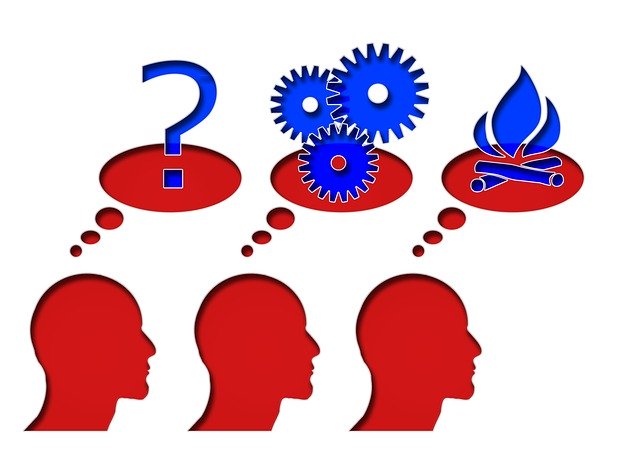
How to Think #1 – Collect

Become facts oriented, collect information, look at everything, learn as much as you can and avoid at all costs jumping to conclusions especially by not allowing the media to get to you.
This on its own account has a calming emotional effect as you are now consciously responsive rather than emotionally reactive.
How to Think #2 – Sift through according to relevance

Having turned your mind to collecting facts sift through the information and decide what is relevant to you and what is not.
For example, decide you are not open to fear-induced communication but you are open to being cautious.
Sift through all the information you gathered in step one and decide what you will reject and what you will allow your brain to think about.
Don’t get caught in divisive rhetoric of any kind by anyone as that will weaken your mind and mental immunity.
Remember – Fear and Caution are vastly different from one another. It is ok and normal to feel fear but not act from fear.
That is because fear, very often, leads to making bad decisions by shrinking and blinding possibilities and opportunities.
Fear often triggers low-level emotions, while caution opens the big picture and triggers Emotional Intelligence that causes inner stability and confidence.
How to Think #3 – Connect
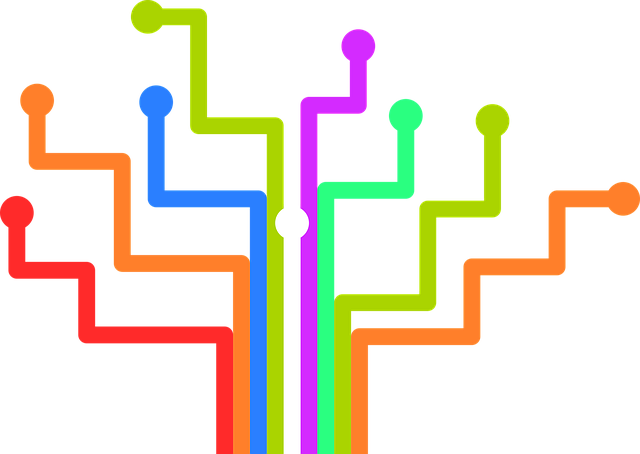
Having decided what to reject and what to allow from the massively hyped communication see what naturally comes together, what suggests itself because you now placed yourself in a circle of things of similar nature that naturally get attracted to each other.
(This is the true meaning of Karma).
For example, if you choose to place yourself in the circle of caution you will have thoughts of particular nature such as “I am going to have enough food to last for a month, I will maintain social distancing, I will spend more time with my in-home family in nature, I will catch up on reading, I will reach out to people to encourage them, I will add to hope rather than to despair, I will strengthen my own immune system, I will adopt a healthy lifestyle that can last me forever, I will use these challenging times to improve myself on multiple levels”…and much more.
These are decisions that will naturally come together if one thinks correctly and followed steps 1 and 2.
How to Think #4 – Elevate to “value thinking”
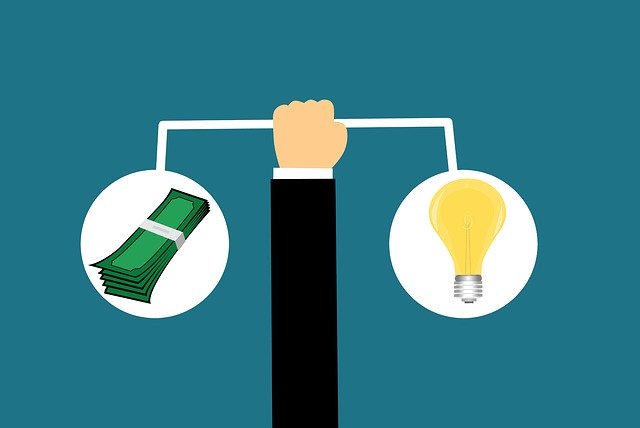
This is the time to value and have endearment to the things you have that you possibly have taken for granted. A time for conscious gratitude and deliberately directing your thinking to be positive which will trigger positive emotions.
Fear and thankfulness do not go hand-in-hand, and when you choose gratitude over the fear of losing, you take yourself away from the circle of entitlement and possessions and into a circle that is much nearer to the truth of our existence.
This is where the hinge point to Personal Leadership, and possibly leading others by example is.
How to Think #5 – Decide

Decide clearly and lucidly the standards that you will not go below even once, as a matter of inner honor. Make a list and abide by it.
Adopt an inner discipline that will actually free you. At the end of the day, you only have your created platform of standards, principles, and values to stand on. The crisis will test you.
How to Think #6 – Project

Project forward to the near, middle and distant future the better you. Understand that your mind can affect the future. See it and believe it.
For some seeing is believing, but for those who understand the great human capability to create new circumstances and a new reality believing is seeing.
Make this a second nature. Get good at it. Day, week, month, year, lifetime, keep projecting ahead.
Do it mentally, emotionally and apply it physically, step by step. This is a huge step ahead and should include words and mind pictures.
How to Think #7 – Reprioritize criteria
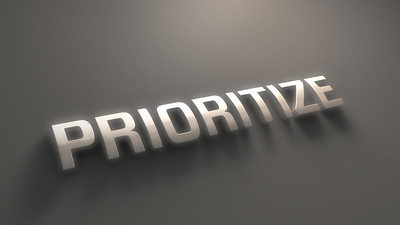
Develop your own criteria & purpose as a result of what overcoming these challenges will show you. Very often crisis reveals to us the greater proposition of our existence and we need to reset our priorities accordingly.
Determine what values and attitudes will be your guide and let that be your “leader inside” in your new-found freedom.
Freedom comes from self-discipline because you determine what you will not have or do, which leaves you free to do everything else.
Criteria should be non-negotiable and will be for you the anchors of sanity especially during times of crisis.
This is what thinking/emotional intelligence can do, set you free to be your own person, which is the greatest gift of all.
Finally
A crisis can be a worse time or the best time.
Much of the outcome depends on you and whether or not you apply short-term thinking and long-term thinking to your situation along with intelligent emotions.
This is where you will discover how the too of how to think can guide you and help you.
The virus will do what it will do but it’s your choice to do what you will do and protect yourself mentally, emotionally and physically by improving your overall immunity.
This is the crux of the matter.
Will it be gloom and doom or will you make this crisis a springboard for new development, new opportunity, and new-found freedom?
Will you go in the way of the masses and be gripped by fear and lower emotions or will you rise up to lead by example?
Will you be controlled by fear, or will you control your fear by making the choice to be “consciously cautious”?
My personal experience is that fear is a dysfunctional manager that diminishes human capabilities, shrinks the mind and gives way to a low-level emotional reaction that results in bad decisions.
Caution, on the other hand, is exercising personal leadership and learning how to think for yourself according to the big picture while making great decisions.
Welcome the unknown, don’t fear it, for instead of retreating to same old, same old thinking and emotions you can discover in this testing times a new you that will last you way beyond this crisis.
It doesn’t matter what age you are in. The truth is the same for all.
As the Life Coach for the Pros, I specialize in training and guiding professionals on how to think and make great decisions in challenging times.
I can teach you how to think and so improve your bottom line profits by establishing a top line of organizational health that constantly lifts the bottom line of profits, productivity and being smart.
Eli Harari
The Life Coach for Professionals™
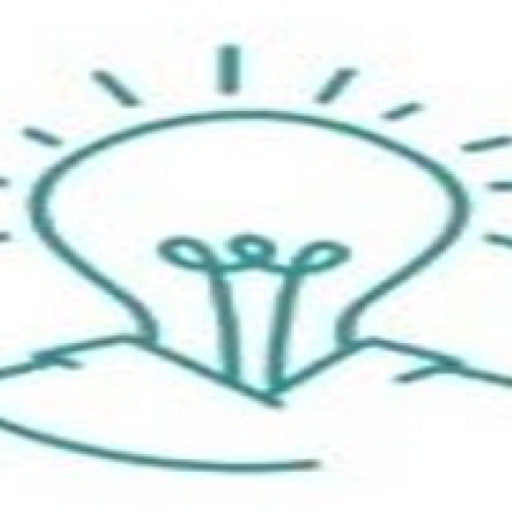

Pingback: 4 Business Growth Strategies for 2021 - The Thinking Coach
Pingback: Perception vs. Reality In Decision-Making
Pingback: Women Leadership Qualities - 7 Critical Reasons Why They're So Needed Now